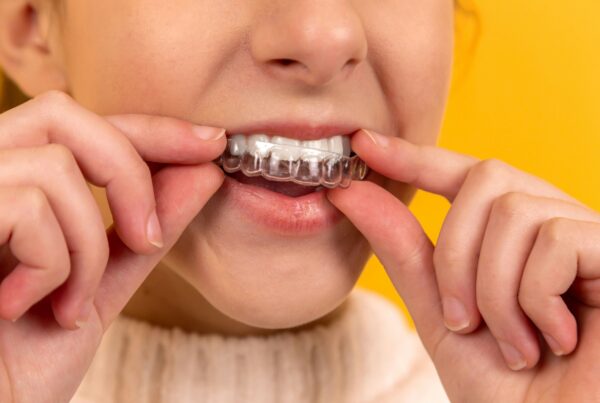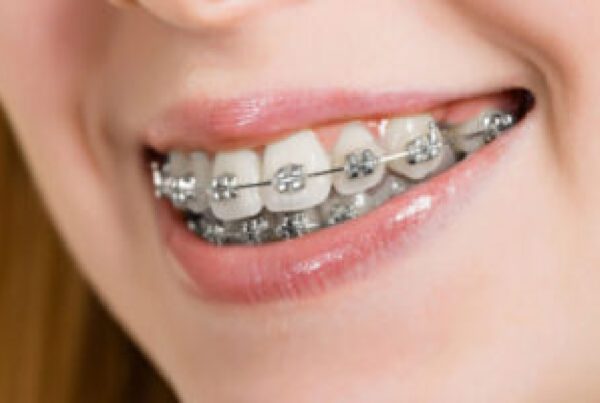You needn’t be an orthodontist to straighten teeth. Some dentists perform orthodontic treatment too. So, if you need orthodontic treatment, for yourself or your child, who should you see? In this post I explain why it’s important that you see an orthodontist.
Why see an orthodontist?
If I had a problem with my heart, I’d see a cardiologist. If I had an electrical problem I would use an electrician. Most people would.
An orthodontist is a specialist. Before they can use the title “orthodontists” they must complete at least eight years of study — five years of general dentistry followed by three years of orthodontics.
Also, only a specialist orthodontist can be a full member of the New Zealand Association of Orthodontics (NZAO), which aids with their ongoing professional development.
When performing orthodontic treatment, dentists, who are not fully trained, often don’t see the whole picture. For example, they might focus on straightening a patient’s teeth without giving enough thought to putting the teeth in the right place. Sometimes they overlook teeth that are growing off course, which can cause damage to other teeth. Some dentists even extract children’s baby teeth claiming it avoids treatment later. The science just doesn’t back up this claim.
At Tōtara Orthodontists we mostly treat adult teeth. This way there’s no guessing what a patient’s tooth alignment will be like. Also, because we deal with the whole bite, we don’t get nasty surprises if teeth grow off course.
Removal of teeth
There is a perception that orthodontists always remove teeth. Some dentists who do orthodontics “close the deal” by telling patients that they won’t.
We don’t aim to remove teeth; however, there often isn’t enough room in the patient’s mouth. There are also many other factors to take into account. So, extracting teeth is often the best treatment. Failure to remove teeth can push teeth out of the jaw bone leaving them unsupported and in less healthy positions for good long-term dental health. Additionally, trying to fit too many teeth into a small mouth can leave the teeth looking too full for the face — the lips won’t be able to close over the teeth. When it’s time for the patient’s braces to be removed, the teeth just move back to their original positions.
Self-diagnosis
Sometimes people say they don’t need a specialist. But you really don’t know what you don’t know.
If you have “vampire fangs”, then the problem is obvious. However, often patients with nicely aligned teeth have issues they’re unaware of. For example, a person with straight teeth might have a deep bite — when the lower teeth bite too deeply behind the upper front teeth. If a person is in their forties, they may have already lost considerable gum and bone. It’s only when we show them what’s happening that they see it as an issue.
As specialist orthodontists, we have the training and ability to assess new and existing treatment techniques (such as Invisalign and Suresmile) and use the most appropriate techniques for your bite — one size; one solution does not necessarily fit all.
Any questions?
Hopefully this explains why it’s important to see a specialist orthodontist, rather than a dentist who does orthodontic treatment.
Did you enjoy this post? If so, please share.


